Hradčany
Hradčany is one of the four historic districts of Prague, each of its streets and each of its houses preserves the centuries-old history of the city. The district originates from the Western Gate of Hrad, and is primarily interesting for its abundance of monasteries and palaces.
.
Nowadays Hradcany is considered an expensive and prestigious neighborhood, but it used to be home to those who served the Hrad: servants, stableboys, falconers. Everything changed dramatically after a massive fire in 1541, which destroyed their poor buildings. The court wealthy families rushed to take advantage of this opportunity to buy plots of land closer to the king’s residence. Literally for 30-40 years, the area has completely changed – were erected pompous palaces-residences in the style of the Italian Renaissance.
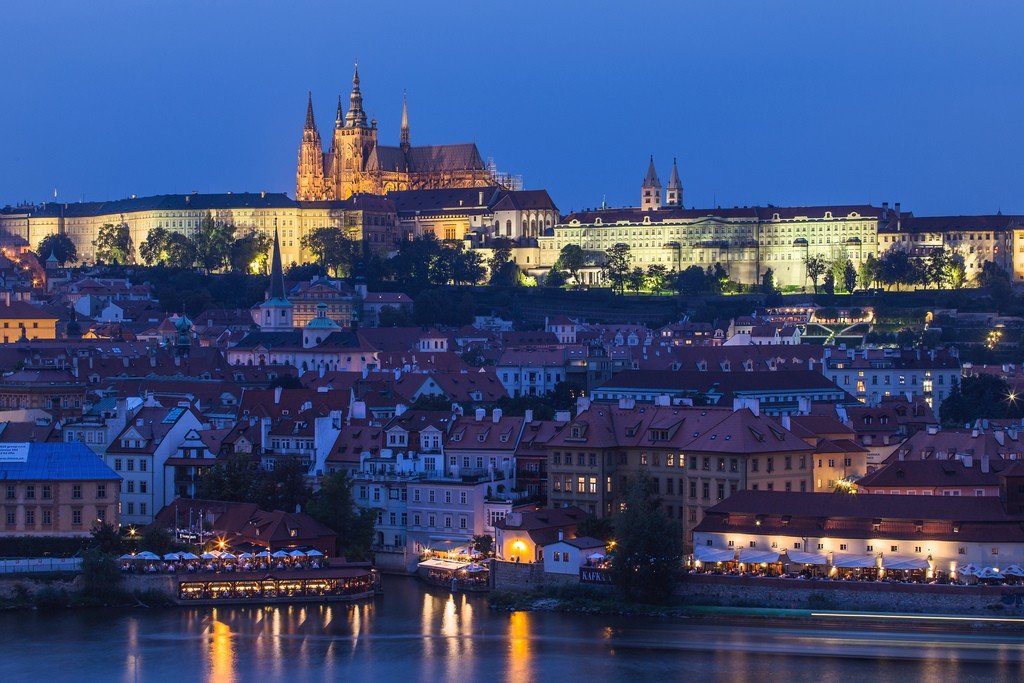
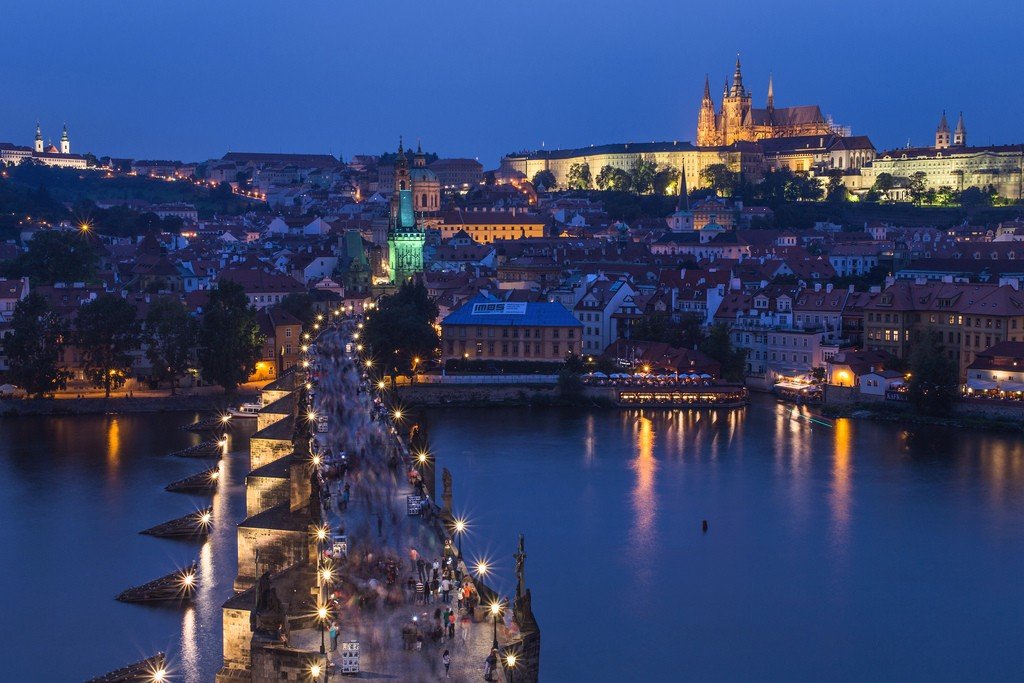
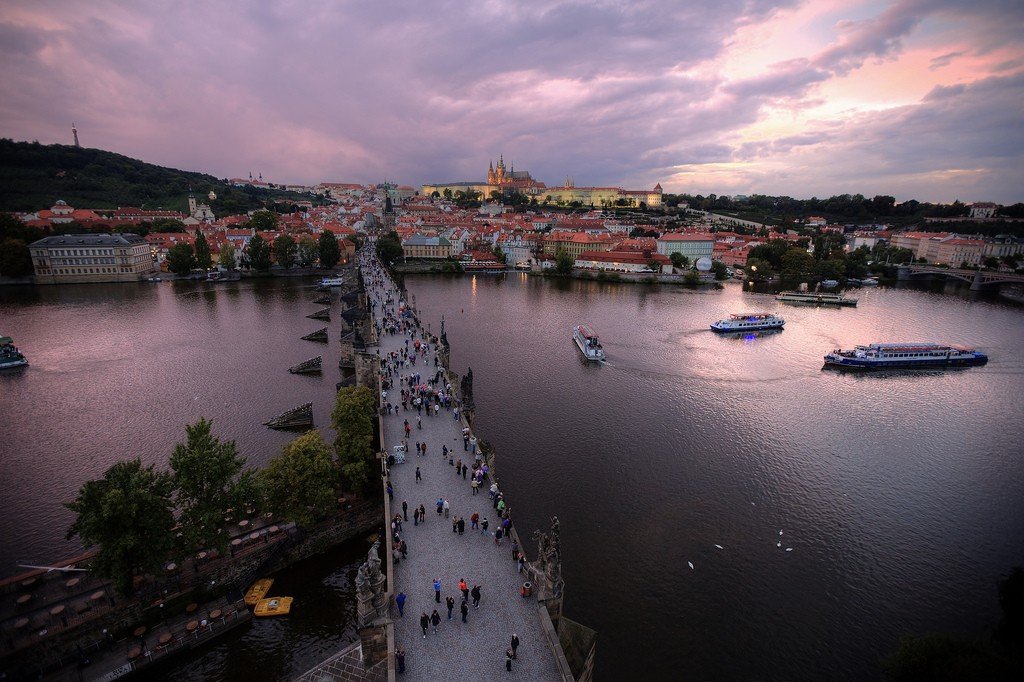
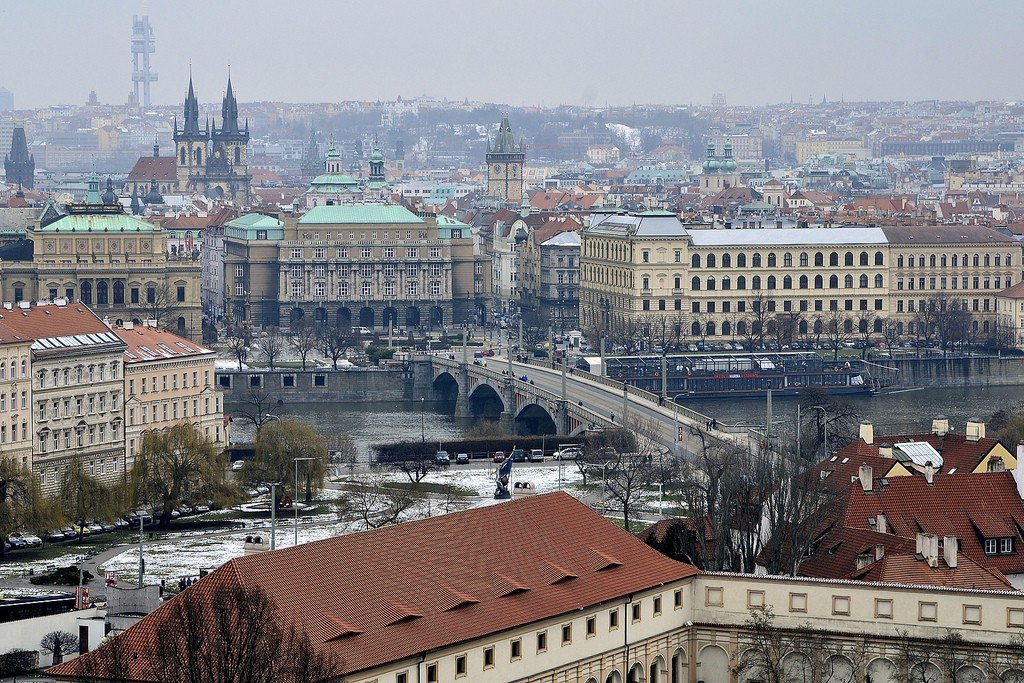
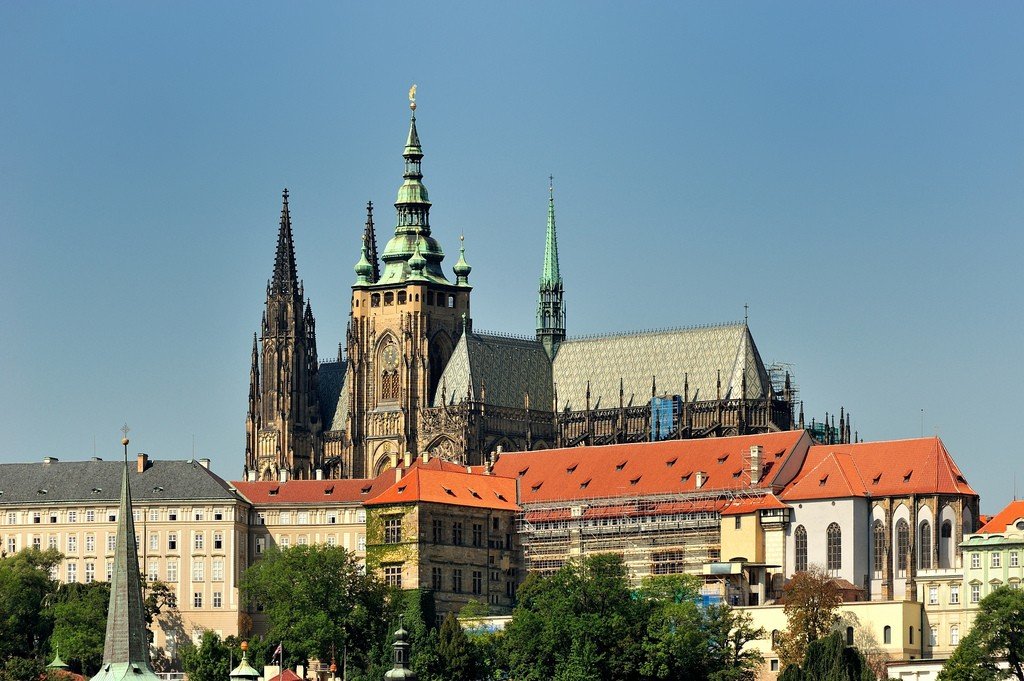
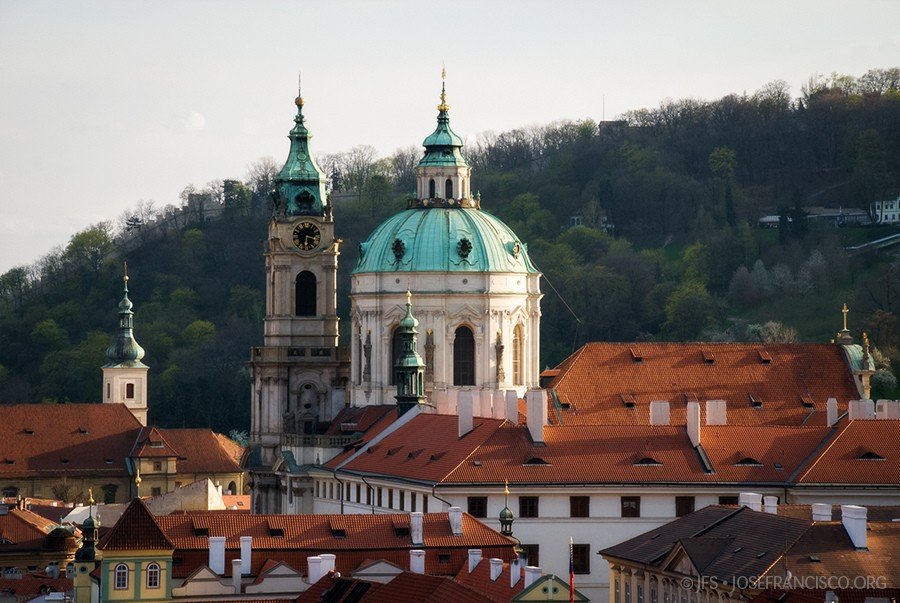
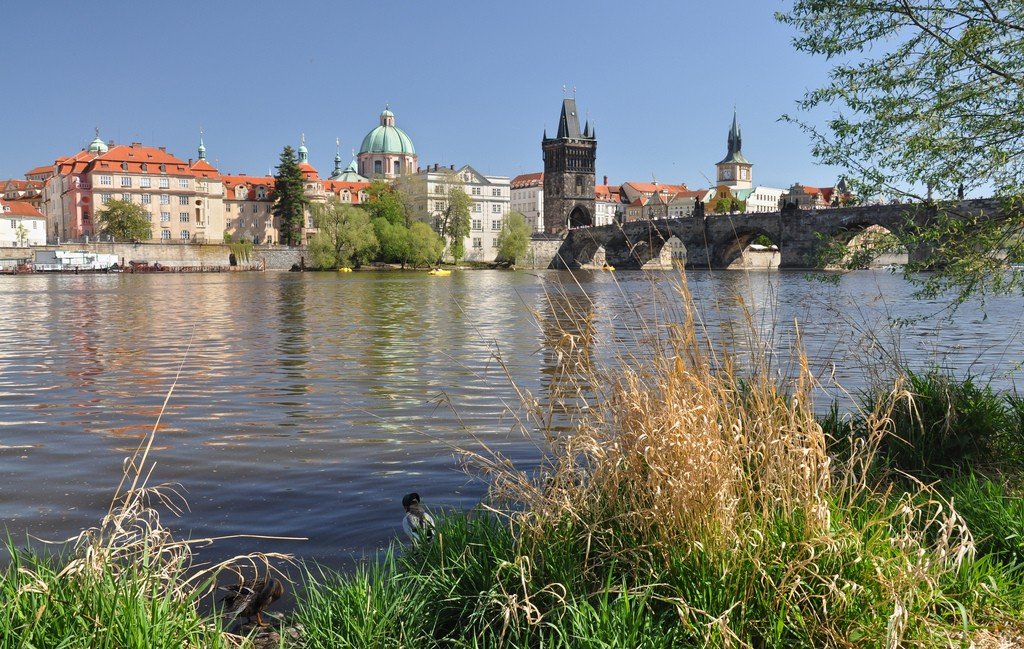
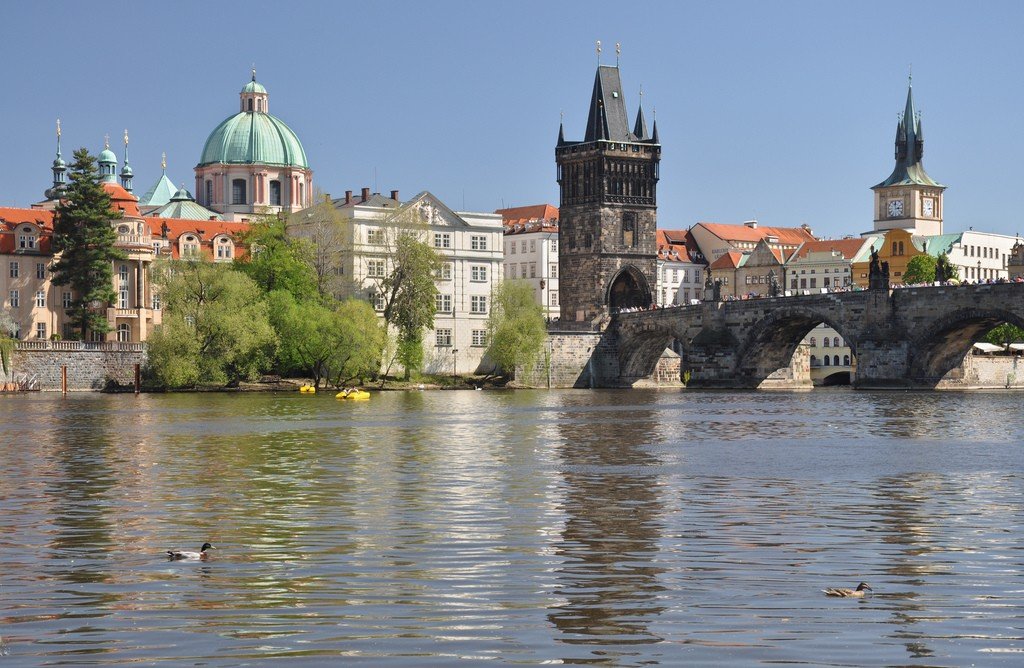
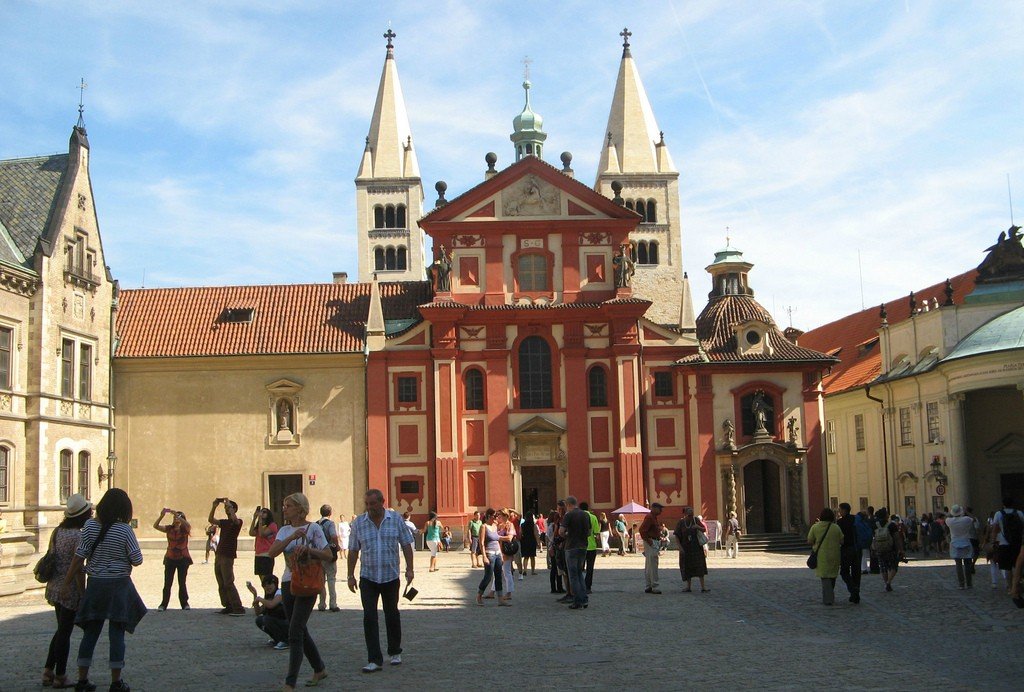
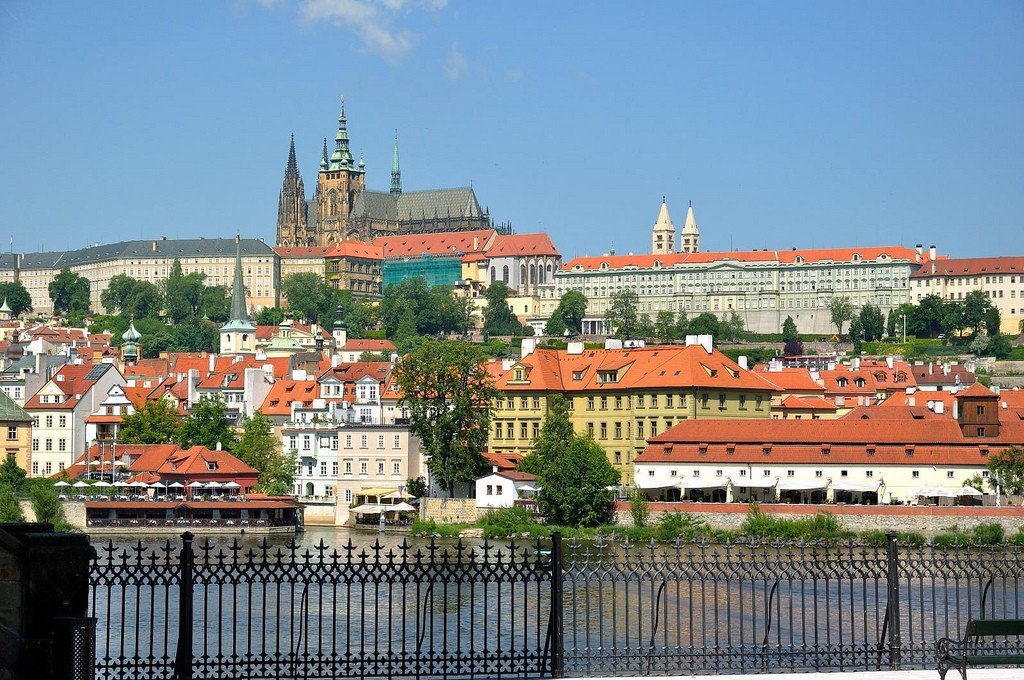
Video: Hradcany
Sights
One of the main sites in Hradcany is considered to be the Prague Castle, which gave its name to the whole neighborhood. This beautiful building served as the residence of kings for a long time. Now some representatives of royal families are buried here. At the beginning of the 20th century, Prague Castle became the headquarters of the country’s president.
.
To get into the castle, you need to pass through the gates on the side of Hradcany Square. They are guarded by amazing figures of giants, which were created by Ignác František Platzer. Every day at exactly noon you can watch the changing of the guard.
.The second castle courtyard is separated by the beautiful Mateusz Gate. Here you can take a closer look at the Chapel of the Holy Cross and the Picture Gallery of Prague Castle, and in the center of the courtyard there is a fountain. The Gallery exhibits wonderful works by famous European masters such as Titian, Brandl, Rubens, Veronese and others. The image of Madonna Ara Coeli, made in the fourteenth century, is considered to be the adornment of the collection.
.From the second courtyard you can get to the third. In the center rises the Cathedral of St. Vitus. For several centuries it has served the faithful. Coronations, baptismal, funeral or wedding ceremonies took place in it. Inside, the temple delights with its splendor. The twenty-two large chapels are unique, each made with gold and precious stones. In the center stands the tomb, and in the corner is the entrance to a special chamber where the treasures of the rulers of Bohemia are kept. The keys to the vault are held by the head of state and the main state officials.The historical beginning of Hradcany is the current Hradcany Square, located at the Prague Castle itself. It is here that the most magnificent Prague palaces can be seen and it is here, on the square at the grand entrance to Prague Castle, that the traditional ceremonial action accompanied by music – the changing of the guard of honor – takes place every day at noon.
The palaces around Hradcany Square are valuable architectural monuments. The Archbishop’s Palace from the early 16th century, decorated with columns and stucco, has perfectly preserved its rich Baroque interiors. And the Martinice Palace preserves in pristine condition its unique façade paintings (sgraffito) depicting religious scenes. The superb Tuscan Palace, built in the Baroque style in 1691, is decorated with many valuable sculptures by Czech and Italian masters, including the statues of the Seven Free Arts decorating the balustrade and the sculpture of Michael the Archangel.
.The Sternberg Palace, built in the 18th century, today houses the Czech National Gallery’s European art exhibit. And the Švartzenberg Palace, a 17th-century architectural monument that has almost completely preserved its original exterior and interior decoration, including unique facade sgraffito and interior art paintings, today houses the Military History Museum.
On the territory of Hradcany Square there is also the Marian Column, otherwise known as the “Plague Pillar”. This monument was erected in 1726 in gratitude from the townspeople for deliverance from the plague. On top of the column is a statue of the Virgin Mary, and on pedestals around the column are sculptures of patron saints to whom the population and clergy prayed for salvation from the disease.
At the end of the 16th century, Hradčany was granted self-government, which meant that it was necessary to build a town hall in which this self-government would be exercised. The Hradcany Town Hall was built in 1598 in the Renaissance style and functioned as the seat of local authorities until the unification of the Prague cities in 1784. When it was no longer needed, the town hall was converted into a residential building, which it is today. The main historical value of the Town Hall today is the façade of the Hradcany Town Hall, which has been preserved in its original form and on which you can still see ancient drawings – sgraffito of the Imperial and Hradcany Coats of Arms and the Allegory of Justice. And the metal lath nailed on the wooden gate of the town hall, which at first glance is unremarkable, is the exact Old Bohemian measure of length, called “Czech cubit”, equal to 59.4 cm.
.
The Loreta (Pražská Loreta) is one of the most famous sights of Prague and is a complex of religious buildings, including the Prague Loreta (Church of the Nativity of the Lord), a monastery, the Loreta Treasury, and the Holy Hut of the Virgin Mary of Loreta, created in the image of an Italian shrine, with which the construction of the Prague Loreta began in 1626 and lasted more than a hundred years. The Treasury of the Prague Loreto houses the most valuable Czech collection of artworks and ancient religious objects made of precious metals and stones, the oldest of which is a silver gilded Gothic chalice from 1510 – a bowl with images of the patron saints of Bohemia. An equally valuable item in the collection is the so-called “Prague Sun” or “Diamond” monstrance from 1698 – a gilded chalice inlaid with more than six thousand diamonds. The tower of the Loreto Monastery is decorated with ancient mechanical chimes with 27 bells, which are more than four hundred years old. The chimes greet the arrival of each new hour with a melodious chime – a hymn to the Virgin Mary.
.
Another interesting attraction of Loretan Square is the Czernin Palace, built by order of the royal ambassador Jan Czernin in the “baroque” style in the early 18th century.
.One of the oldest monasteries of the Premonstratensians (Catholic monastic order) in the world is the Strahov Monastery, which gets its name from the word “guard”, as the area in Hradcany where the monastery was built was for a long time the location of the royal guards who guarded the roads to Prague Castle. The monastery was founded in 1140 and was built in a mixture of Romanesque and Gothic styles. The Baroque gate of the central entrance to the Strahov Monastery is crowned with a sculpture of St. Norbert, the founder of the Premonstratensian Order. And the Basilica of the Ascension of the Virgin Mary (Strahov Church) is decorated with frescoes, each of which is a page from the life of St. Norbert. In the church there is an ancient organ. It is said to have been played by Mozart himself.
.Of other churches, the Church of the Nativity (1730s) is of interest. The interior of the monastery, striking fresco paintings and a magnificent organ. Installed on the bell tower musical bells of the late XVII century. still delight the ear with melodious ringing. The ancient well, baroque fountains and the gallery surrounding the courtyard, on the second floor of which is the monastery treasury, are also worth seeing. The famous gift bearer (1699), otherwise known as the “Prague Sun”, is on display here. This jewelry miracle is made of gold and silver, decorated with 6222 diamonds and weighs 12 kg.
.
After visiting all the palaces and churches that Hradcany is rich in, you will enjoy a leisurely stroll along the tiny Nový Svět street, which was favored by the bohemians in the late 19th century and was once considered “Prague’s Montmartre”. A plaque on house No. 1 informs that Tycho Brahe, the royal astronomer, lived here.
.
Don’t forget to check out the famous Zlota Uločka (Golden Street). It is a cluster of small houses with souvenir shops and galleries. Several centuries ago, jewelry makers and alchemists lived here.
.How to get there
Metro: Malostranska (line A), then take streetcar 22 to Prazsky Hrad or Pohorelec.
.Address: Praha 1 – Hradčany
.